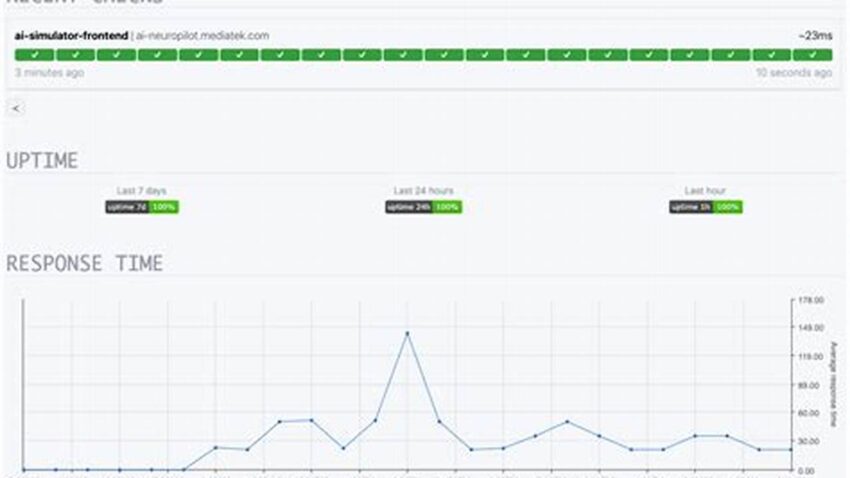Selecting the right monitoring tool is crucial for maintaining the reliability and availability of web services and applications. This article compares two popular open-source monitoring solutions: Gatus and Uptime Kuma, to help users make informed decisions based on their specific needs and technical capabilities.
Core Functionality
Both platforms offer essential monitoring features, including HTTP/HTTPS checks, response time monitoring, and customizable alerting through various channels (e.g., email, Slack, Discord). They also support multiple status pages for organizing monitored services.
Ease of Deployment
Uptime Kuma generally boasts a simpler setup process, often requiring minimal configuration to become operational. Gatus may involve slightly more complex configuration, particularly for advanced features.
User Interface and Experience
Uptime Kuma provides a modern and intuitive web UI, facilitating easy navigation and management of monitored services. Gatus offers a more streamlined interface, which some users may find less visually appealing but still functional.
Scalability
Both solutions can handle a reasonable number of monitored services. However, for large-scale deployments, performance considerations may favor one over the other, depending on specific infrastructure and resource allocation.
Community and Support
Both projects benefit from active communities and offer support through forums and documentation. Uptime Kuma’s larger community may translate to faster response times and more readily available resources.
Customization and Extensibility
Gatus, due to its configuration-based approach, offers greater flexibility for customization and integration with other tools. Uptime Kuma provides a more curated experience, with fewer options for advanced tweaking.
Maintenance and Updates
Both projects are actively maintained and receive regular updates. Users should consider the update frequency and potential impact on existing configurations when choosing a solution.
Resource Consumption
Uptime Kuma, being written in Node.js, might consume more resources compared to the Go-based Gatus, especially when monitoring a large number of services. This difference can be a deciding factor for resource-constrained environments.
Tips for Choosing the Right Tool
Consider the scale of your monitoring needs: For smaller projects, Uptime Kuma’s simplicity might be ideal. Larger projects might benefit from Gatus’s flexibility.
Evaluate your technical expertise: Uptime Kuma’s user-friendly interface is suitable for users with varying technical skills. Gatus’s configuration-based approach might require more technical proficiency.
Assess your resource constraints: If resources are limited, Gatus’s lower resource footprint might be preferable.
Examine community support and documentation: Consider the availability of community support and the comprehensiveness of documentation when making a decision.
Frequently Asked Questions
What if I need to monitor services behind a firewall?
Both Gatus and Uptime Kuma can monitor internal services, but specific configurations may be required depending on network setup.
Can I integrate these tools with my existing alerting systems?
Yes, both platforms support integration with various notification services, including Slack, Discord, and email.
Which tool is easier to learn for beginners?
Uptime Kuma generally has a gentler learning curve due to its intuitive web interface and simpler configuration.
Is it possible to migrate from one tool to the other?
Direct migration isn’t readily available. Switching would involve reconfiguring monitored services on the new platform.
Are these tools suitable for monitoring complex applications?
While both tools offer essential monitoring capabilities, for highly complex applications with intricate dependencies, dedicated monitoring solutions might be more appropriate.
How frequently should I monitor my services?
The optimal monitoring frequency depends on the criticality of the service. Frequent checks are recommended for essential services, while less frequent checks might suffice for less critical ones.
Choosing between Gatus and Uptime Kuma depends on specific requirements and priorities. Careful consideration of factors like ease of use, scalability, and resource consumption will guide users toward the most suitable monitoring solution.

